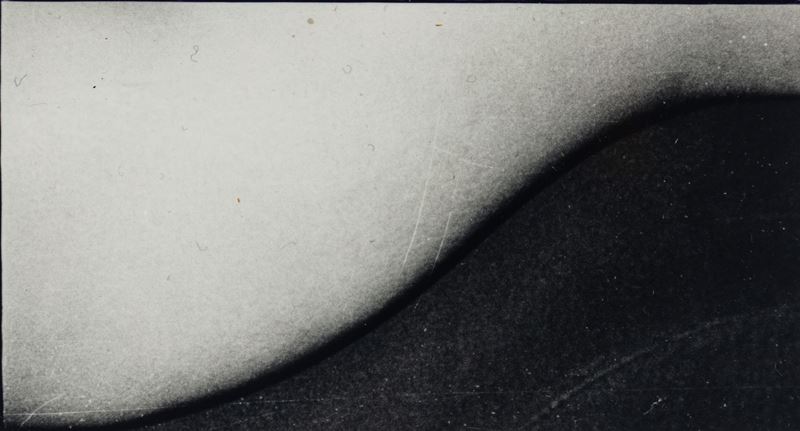Estimate
€ 500 - 800
Sold
€ 1.161
The price includes buyer's premium
Do you have a similar item you would like to sell?
Information
cm 4,4 x 8,4 (cm 11,8 x 17,5 cardboard) | 1.7 x 3.3 in. (4.6 x 6.9 in. cardboard)
Signed and dated in black ink on the cardboard recto
Literature
Between these two images is ideally placed the complicated professional story of Carla Cerati. When, at the end of the 1960s Franco Basaglia began his battle for the closure of mental institutions, real prison that denied dignity to those who were not cured but imprisoned, an important contribution to the success of the law that bears his name was constituted by that small but intense book published by Einaudi in 1969 characterized by the beautiful title Morire di classe that Carla Cerati signed with Gianni Berengo Gardin. The close shot on the faces of people to whom no one gave attention indicates the desire to establish a contact to give them back that dignity every day trampled on. The framing that crosses the subjects gives to the picture a dynamism that seems to indicate hope. When, on the other hand, Carla Cerati begins to question herself about the female body (the volume Corpo di donna will be published by Mazzotta in 1978) what interests her is to investigate forms, to chase lines, to try to sublimate the traditional concept of femininity in a research that becomes almost abstract. Continuing her research she arrives, as in this case, to expertly use the contrasts of black and white to arrive at a seductive harmony.
Contact
Suggested lots
Caricamento lotti suggeriti...






